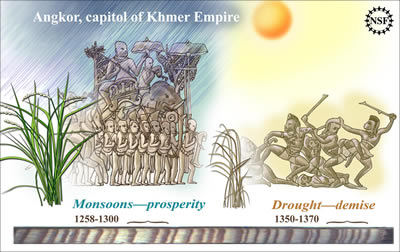Studying tree rings has revealed a record of wet and dry times that helps make sense of the mysterious and gradual demise of Angkor, the capitol of the Khmer Empire in Cambodia from the 9th to 14th centuries. A very wet period with rich monsoons and plentiful crops from 1258 to 1300 was followed by many years of drought from 1350 to 1370.
Click on image for full size
Image Courtesy of Zina Deretsky, National Science Foundation
Climate Helped Bring Angkor to Its Knees
The Earth keeps a record of past climate in several different ways, including tree rings, which show what climate was like for each year of a tree's life. A team of researchers has used tree ring data to learn more about the fall of Angkor, a city in Cambodia that existed until 1431 AD.
Brendan Buckley, a researcher from Columbia University, put together a record of periods of drought and moisture in Southeast Asia from 1250 to 2008 AD. Large sets of information like this tree ring data show us patterns and events that happen over longer time periods than humans live.
By looking at tree ring data, rain, drought, and temperature data, we can see the link between climate in the environment with what was happening with humans at that time. Angkor was a city that needed water to survive. Buckley learned that in the mid- to late 1300's, Angkor experienced very dry conditions for many decades, followed by several years of severe wetness that may have caused damage to the city. Afterwards, a shorter but more severe drought in the early 1400's may have been more than this city could handle.
These types of findings can make us realize how important it is to learn what the natural world can tell us. The cypress trees that can tell a story of the past with their tree rings are becoming rare because this wood is being harvested for an illegal timber trade.
You might also be interested in:
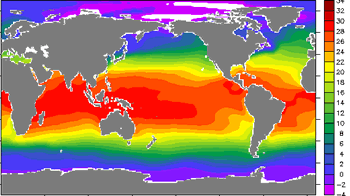
How do you know to pack your bathing suit and sunhat for a trip to a tropical island or pack warm sweaters and coats for a trip to Alaska? If you know a little about regional climates, then you know what
...more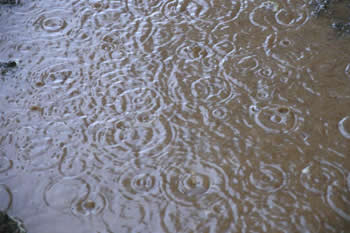
Raindrops form when tiny water droplets collide together in clouds to form bigger ones. When they get too heavy, rain falls out of the clouds. Rain is more than 5mm in diameter. The types of clouds that
...more
Scientists have learned that Mount Hood, Oregon's tallest mountain, has erupted in the past due to the mixing of two different types of magma. Adam Kent, a geologist at Oregon State University, says this
...more
The Earth's mantle is a rocky, solid shell that is between the Earth's crust and the outer core. The mantle is made up of many different reservoirs that have different chemical compositions. Scientists
...more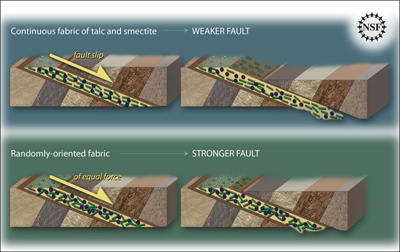
Some faults look strong and like they wouldn’t cause an earthquake. But it turns out that they can slip and slide like weak faults causing earthquakes. Scientists have been looking at one of these faults
...more
The sun goes through cycles that last approximately 11 years. These solar cycle include phases with more magnetic activity, sunspots, and solar flares. They also include phases with less activity. The
...more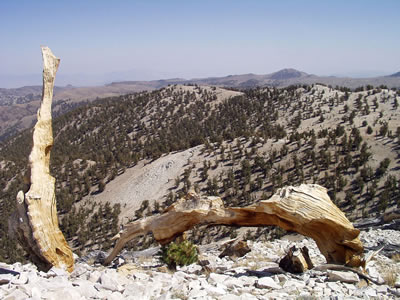
Studying tree rings doesn't only tell us the age of that tree. Tree rings also show what climate was like while the tree was alive. This means that tree rings can tell us about climates of the past. Two
...more


